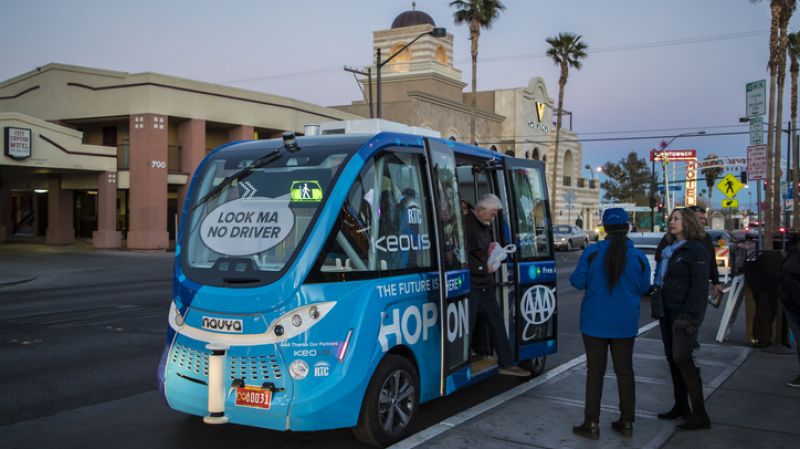There’s Just No Stopping Peak Car
The arrival of self-driving vehicles and generational changes in consumer behaviour are forcing automakers to chart a new path

Essay by Barry Cross
General Motors announced that they were shuttering five production facilities and killing six vehicle platforms by the end of 2019 as it re-allocates resources towards self-driving technologies and electric vehicles.
The announcements should come as no surprise, as they echo a similar announcement made by Ford earlier this year that it will exit all car production other than Mustang within two years.
Why the sudden attitude adjustment toward cars? Both firms cite a focus on trucks, SUVs, and crossovers. OK, sure, that is what more people are buying when they buy a vehicle today. But there is a broader and longer-term element to this discussion.
Have we reached Peak Car?
Many remember the dialogue associated with Peak Oil, or the idea that we had reached or would soon reach the peak production levels of oil around the globe. Such forecasts and predictions were likely related to price run-ups on the commodity and investment strategies in the oil industry. New exploration discoveries and extraction technologies, however, ultimately mean we are a long way from running out of oil. While we may still hit peak production in the near future, it is more likely due to a decreasing need for the fuel as society moves to alternative energy sources.
But what about cars? North American car production hit 17.5 million vehicles in 2016, and dropped marginally to 17.2 million in 2017. Interesting, but perhaps not significant. More telling are changes in driver behaviour. In North America, for example, fewer teens are getting driver’s licences. In 1983, 92 percent of teens were licensed; by 2014, that number had dropped to 77 percent. In Germany, the number of new licences issued to drivers aged 17 to 25 has dropped by 300,000 over the last 10 years.
Factor in ride-sharing services such as Uber and Lyft, the comprehensive cost of vehicle ownership, and more effective public transportation (everywhere but Canada) and we get a sense of some of the reasons for these evolving automotive strategies.
The coming years will see reduced vehicle ownership through a more economical and efficient approach to managing cars
More significant, however, is the evolution of self-driving technology. Picture this scenario:
Julie is an emergency-room doctor at the local hospital, on the 7 a.m. to 3 p.m. shift. She jumps in the family car at 6:30 a.m. and is at the hospital by 6:50 a.m.. The car then heads home, empty, in time to take Julie’s two children to their high school; one of them tosses their hockey equipment into the back of the car. The car then returns home to take Julie’s husband to the law office where he starts work at 9 a.m.. The car then swings by the school to take Julie’s daughter to hockey practice at 2:30 p.m., and then returns to the hospital to pick up Julie after when her shift ends. And so on.
The technology to support this scenario exists now, and will result in reduced vehicle ownership through a more economical and efficient approach to managing cars, whether accessed through independent household ownership or fleet membership.
Today, Julie’s family would need two or possibly three vehicles, and those vehicles would largely be idle most of the day. Tomorrow, they would need only one vehicle. What happens when families or groups of people further pool their assets for more ride sharing or increased capacity?
The Do-It-For-Me Economy
We are moving from a do-it-yourself transportation economy to a sharing or do-it-for-me economy. Many of us won’t like it – I honestly like to drive – but the numbers and technology are there. As safety technologies improve and societal paradigms shift, this evolution will gather momentum.
Unions at GM and Ford are justifiably not happy, but they should not be surprised. It is quite possible that we have reached Peak Car in North America and Europe.
Companies that want to succeed in this new environment will need to be different, and especially better, in some way. If car volumes drop by, say, 30 percent over the next 10 years, there better be something special about the car company that hopes to survive, a compelling edge such as smarter technology, greater comfort, or better service. There won’t be room for all of them.
Barry Cross is assistant professor and Distinguished Faculty Fellow of Operations Strategy at Smith School of Business, Queen's University. He is the author most recently of Simple: Killing Complexity for a Lean and Agile Organization.